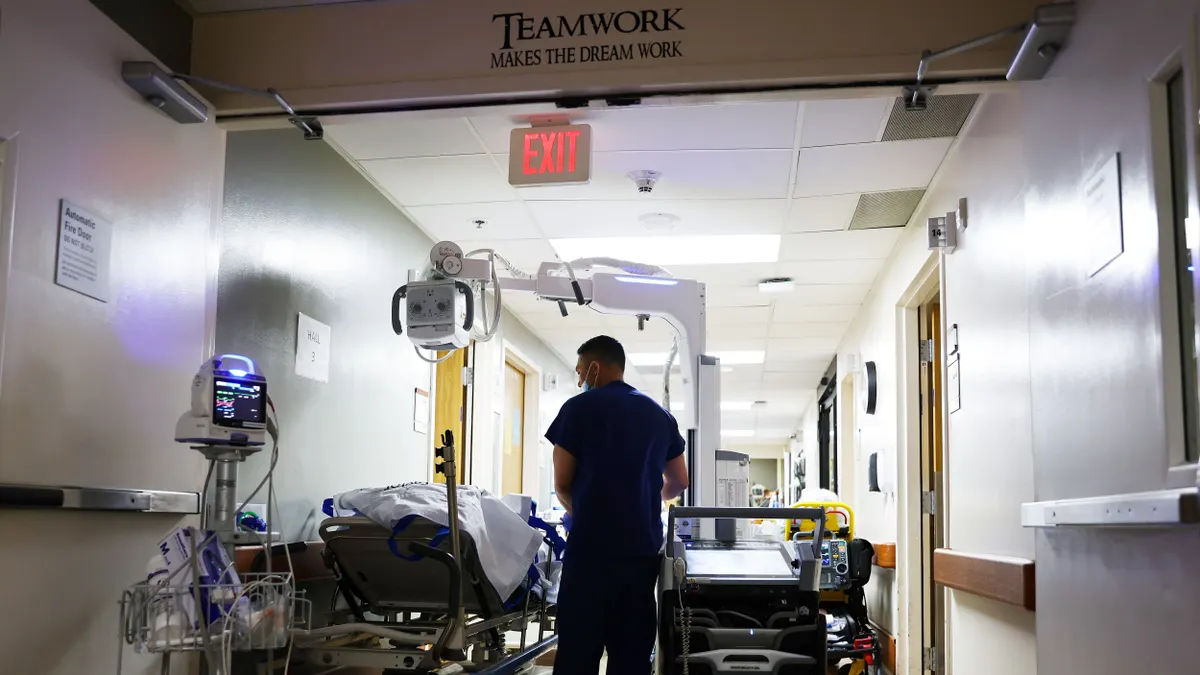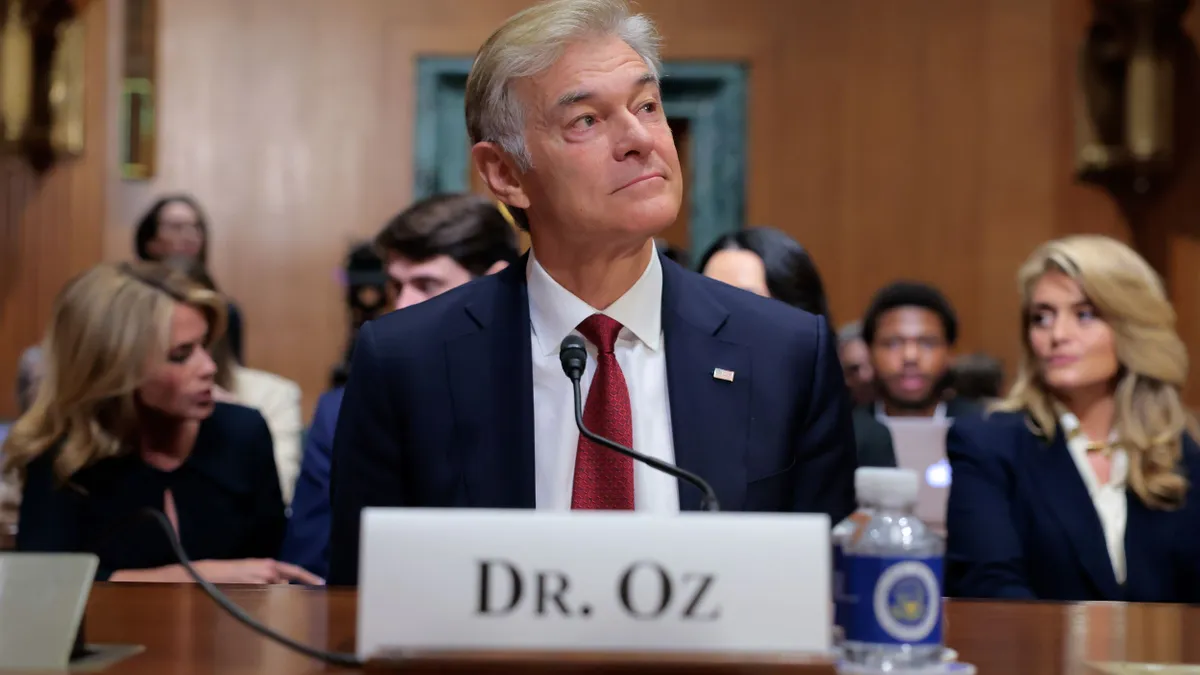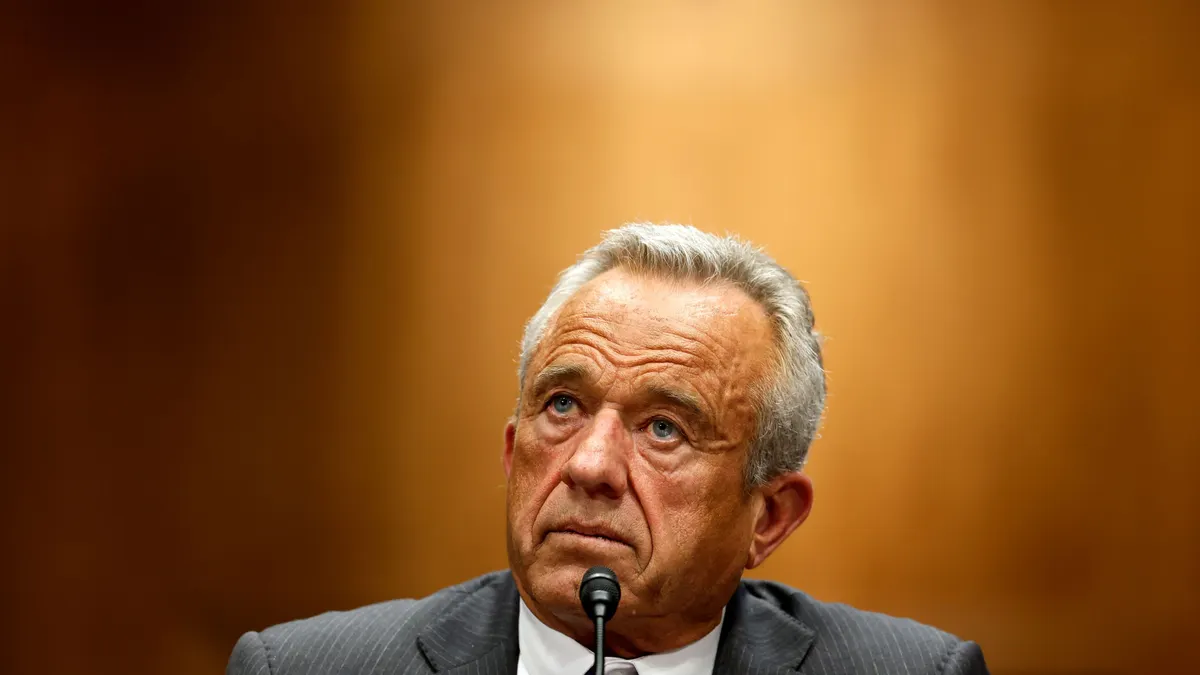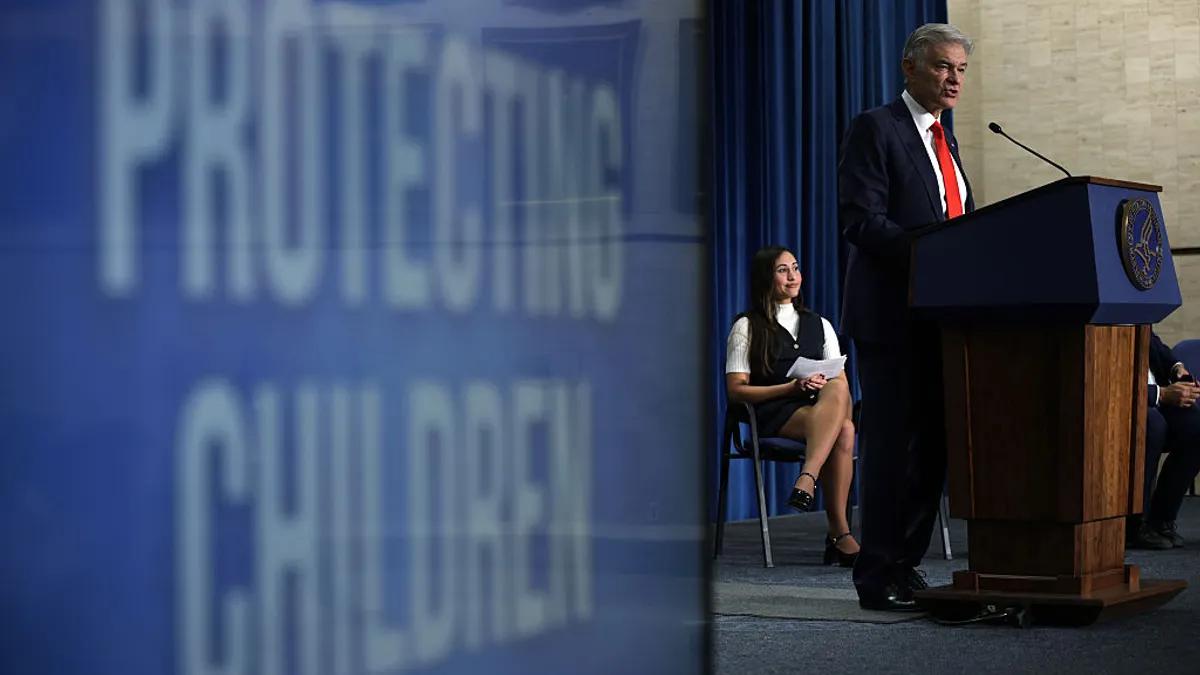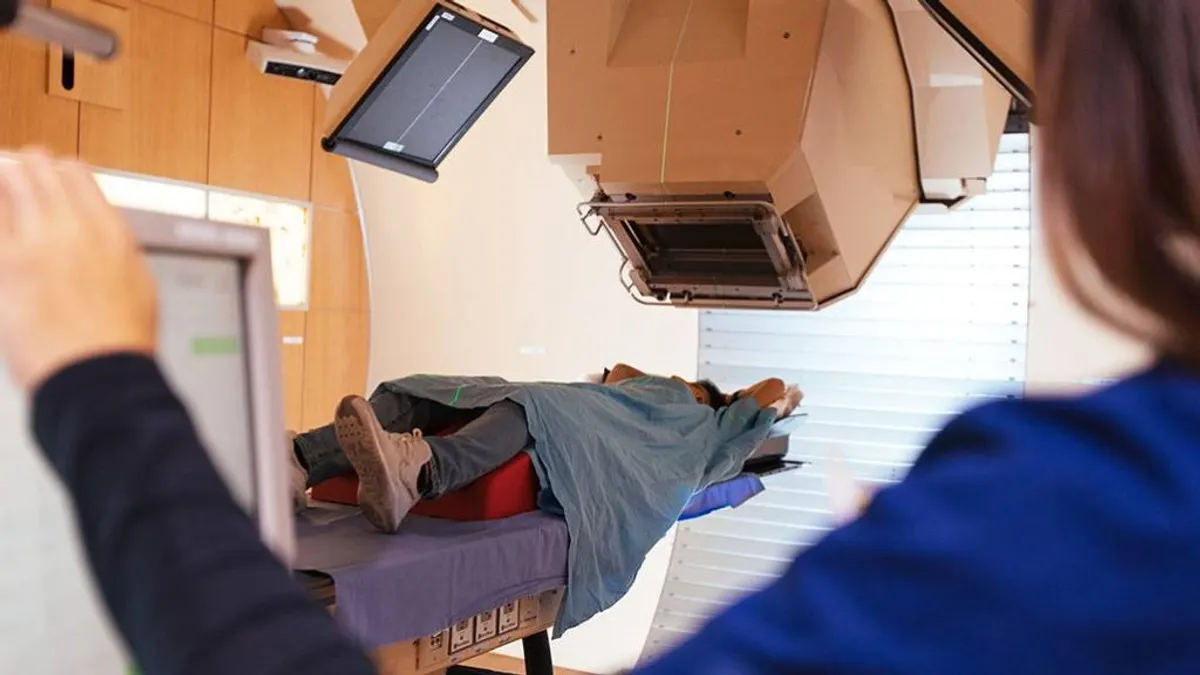Hospitals are putting major expansion projects on hold and bracing for service cuts as new limits on Medicaid state-directed payments threaten to squeeze already tight finances.
Making matters worse, many hospitals will see their revenue and margins decline as millions of Americans lose health coverage and uncompensated care costs rise under the recently enacted budget reconciliation package, dubbed the One Big Beautiful Bill.
The law restricts new Medicaid state-directed payments, financial arrangements allowing states to make supplemental payments to healthcare providers for services covered under managed care contracts. It caps such payments at 100% of Medicare rates in Medicaid expansion states and 110% in non-expansion states, while gradually cutting existing payments above those levels starting in 2028.
The changes will slash federal Medicaid spending by $149 billion over 10 years, according to health policy research firm KFF.
State-directed payments enable states to mandate that Medicaid managed care plans compensate providers at specific rates, which have been benchmarked against commercial insurance rates that can be double or triple what Medicare pays. The payments have become a critical revenue source, totaling more than $100 billion in annual Medicaid spending nationwide.
As state-directed payments are cut, hospitals will also have to contend with a rise in the uninsured population, which is expected to increase by 10 million under the legislation and add $433 billion to hospitals’ uncompensated care costs from 2025 to 2034.
Safety-net hospitals will be especially vulnerable because they treat large numbers of Medicaid and uninsured patients.
“Our member hospitals are really going to be in double jeopardy over the next few years,” said Beth Feldpush, senior vice president of advocacy and policy at America’s Essential Hospitals, which represents more than 350 safety-net providers. “Their uncompensated care costs are going to rise because people are still going to come to them for treatment, and once they’re uncovered, a lot of those costs are just going to end up as uncompensated care costs for our hospitals.”
The bigger picture
The state-directed payment cuts, which are the third-largest source of federal Medicaid savings in the reconciliation package, come as congressional watchdogs raise concerns about the rapid growth and transparency of state-directed payments.
The Medicaid and CHIP Payment and Access Commission, which advises Congress on Medicaid payment policy, has called for better oversight, noting that “it’s not clear the extent to which state directed payments have made meaningful improvements in access” to care.
MACPAC has also raised concerns about states using creative financing schemes that could inflate federal Medicaid funding without states having to invest their own resources.
Hospitals say state-directed payments are an important source of funding, especially for providers in rural and underserved communities with a large share of Medicaid patients, because the program typically reimburses significantly less than Medicare or commercial insurance.
Providers or facilities that care for a lot of Medicaid patients rely on a patchwork of funding streams, including state-directed and disproportionate share hospital payments, to shore up their balance sheets, hospitals say.
“Beyond just supporting day-to-day operations, these programs have been truly transformative in communities across the country,” Feldpush said. “Those are the communities that are on the edge for healthcare access as it is — in these small towns or rural counties, they are really at risk of losing healthcare in those areas if this all moves forward.”
Limited state options
States can try to replace the lost federal funding, but many are constrained by their budgets. Although the new limits on state-directed payments will cut 14% of total federal Medicaid spending over 10 years, some states, such as Louisiana, Illinois, Nevada and Oregon, face spending reductions of 19% or more.
Many financing arrangements exist because states don’t have enough general funds to support their Medicaid programs fully.
“It’s going to be incredibly challenging for states to backfill that funding because states typically aren’t sitting around with a lot of cash available to them,” Feldpush said.
States will likely need to make tough choices, including cutting provider payment rates, eliminating optional benefits or limiting Medicaid eligibility, according to Avi Herring, managing director at Manatt Health.
Hospitals rework their plans
Hospital executives are already revising their strategic plans as financial pressure mounts. Expansion projects and new facilities will be the first to face cuts as providers try to preserve cash for the operational challenges ahead, Feldpush said.
“The first thing they’re going to do is pull back on new spending,” she said. “If they had a plan in place to open a new outpatient cancer center or expand a clinic in a certain neighborhood, those are the types of projects that they’re probably looking at now and maybe making decisions that they need to hold off on.”
The impact will vary widely by provider and state, with some hospitals potentially losing millions in annual revenue.
For-profit hospital chains are projecting hundreds of millions in losses. Universal Health Services said cuts to state-directed payments and other provisions could cost it between $300 million to $400 million by 2032. Tenet Healthcare, another large operator, expects about $1.1 billion to $1.2 billion in the payments for 2025.
Rural hospitals are especially at risk, with 44% already operating in the red, according to KFF.
In Kansas, 87% of rural hospitals already operate at a loss, despite receiving state-directed payments, with 47 of them being vulnerable to closure. If payments were reduced to 100% of Medicare rates, hospitals in the state would see a decline of up to 21% in Medicaid payments, according to the Commonwealth Fund.
“This legislation will limit access to care for all rural patients by ending health care coverage for rural residents nationwide and putting financial strain on rural facilities who care for them,” National Rural Health Association CEO Alan Morgan said in a July statement.
Providers are working with states to ensure that existing payments qualify for “grandfathering” under the law, which would allow them to continue at current levels before the reductions start in 2028.
“In the short term, providers are working in collaboration with states to ensure CMS will grandfather their SDPs under the law,” Herring said. “In the medium-to-long term, providers are concerned that the impact of the SDP reductions — along with other provisions like work requirements and reductions to the allowable provider tax threshold — will make it much more difficult for them to sustainably serve Medicaid enrollees.”
Congress appropriated $50 billion for the newly created Rural Health Transformation Program to shore up rural provider finances. However, rural providers argue that the funding, which accounts for 37% of the estimated loss of federal Medicaid funding in rural areas, won’t be enough to maintain access to care.
“NRHA is concerned that the Rural Health Transformation Program, dedicated to offset the Medicaid cuts on rural communities, will fall short of addressing the other provisions in this legislation,” Morgan said.
Snowballing financial pressure
If the financial squeeze gets worse, hospitals will move beyond freezing expansion to cutting existing services, Feldpush said.
Providers may close clinics in areas with high uncompensated care costs, eliminate wraparound services like social workers, or take beds offline if they can't afford adequate staffing.
“If the financial situation is really as bad as we anticipate, then they would have to look at where they might have to pull back on services in their community,” Feldpush said. “The first step is not expanding. The second step is pulling back on what you have. And then ultimately, if none of those things work and the hospital is still in really dire financial straits, that’s when you see hospitals closing.”
It’s not just hospitals that will feel the pinch. Nursing facilities, where Medicaid pays for more than 60% of residents, and behavioral health providers that rely heavily on state-directed payments could also cut back on services.
The financial pressure will intensify over time, with 76% of the reductions from the bill expected to occur in the final five years through 2034.
For hospitals already operating on thin margins, the combination of reduced Medicaid payments and increased uncompensated care costs could prove unsustainable, potentially triggering a wave of service reductions and facility closures in communities that can least afford to lose access to healthcare.
“Ultimately, the cuts will reduce Medicaid funding to providers, which is likely to limit access to care for Medicaid patients,” Herring said.


